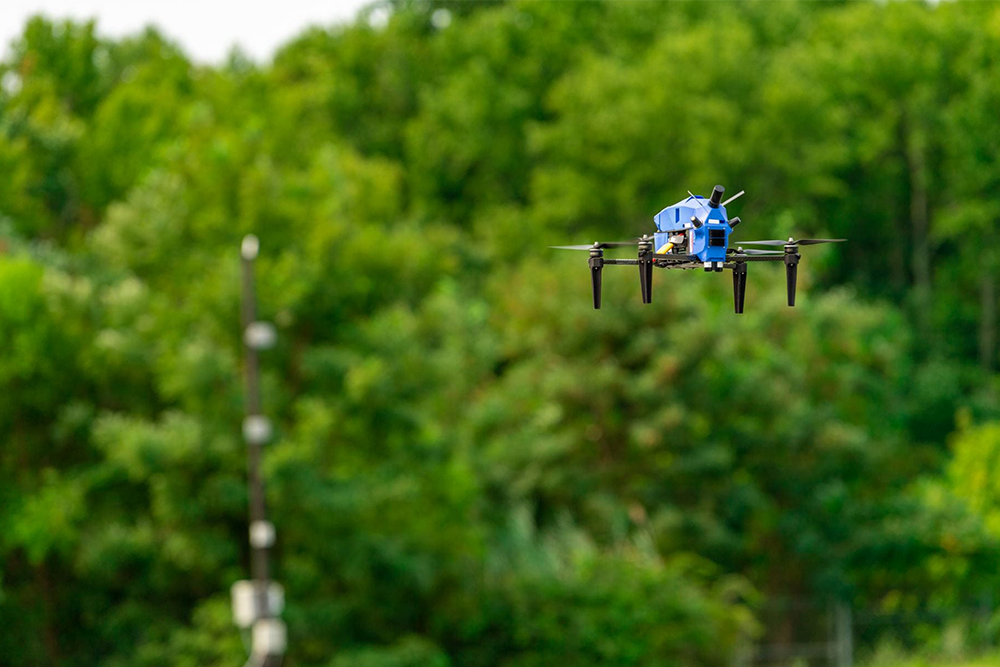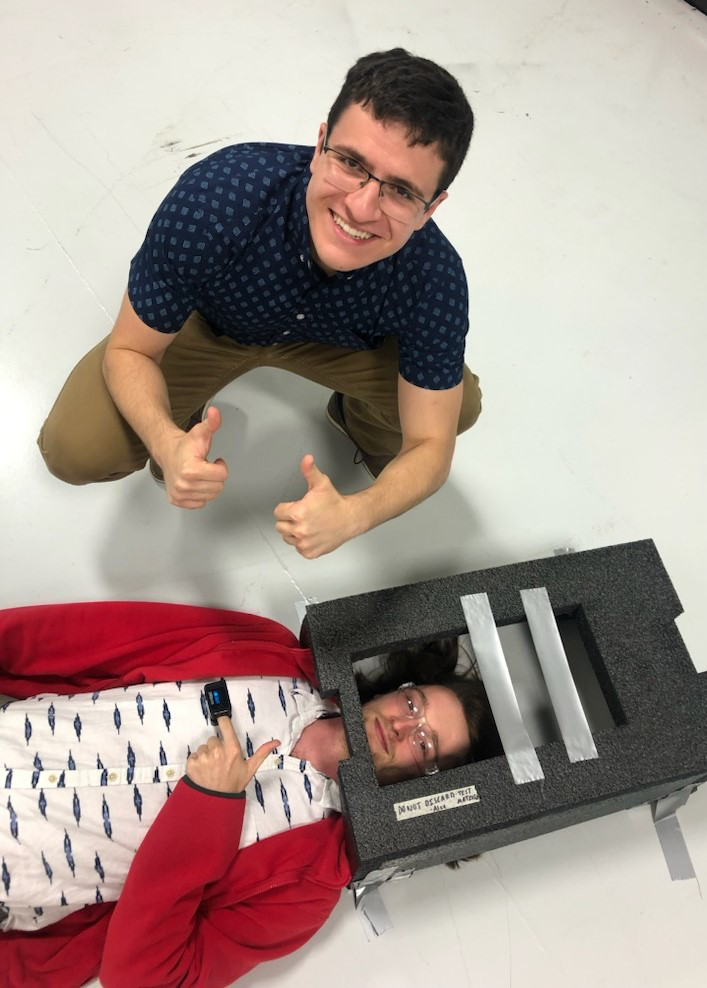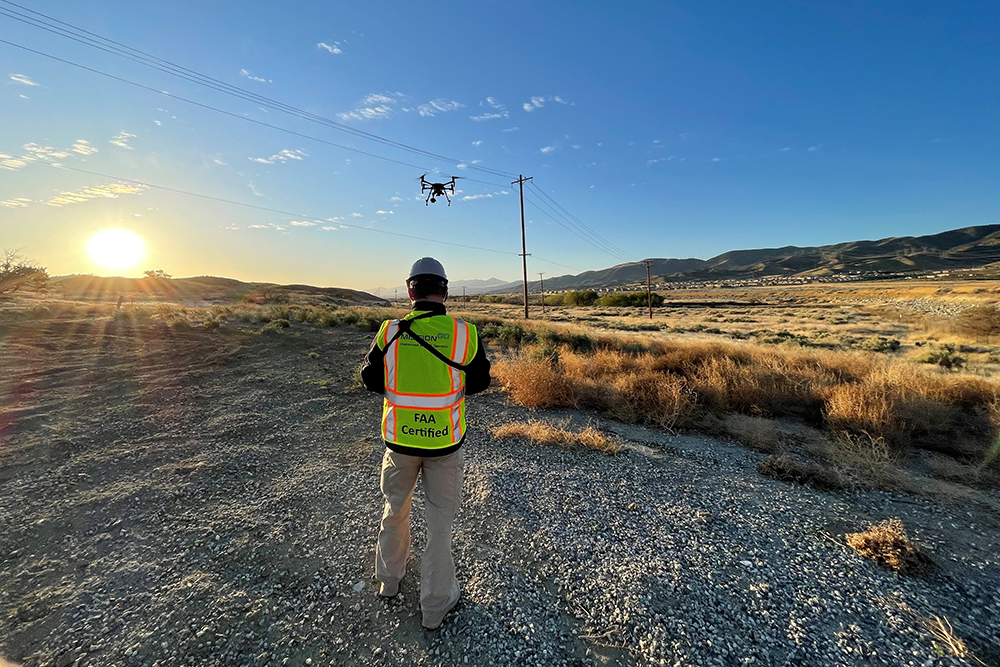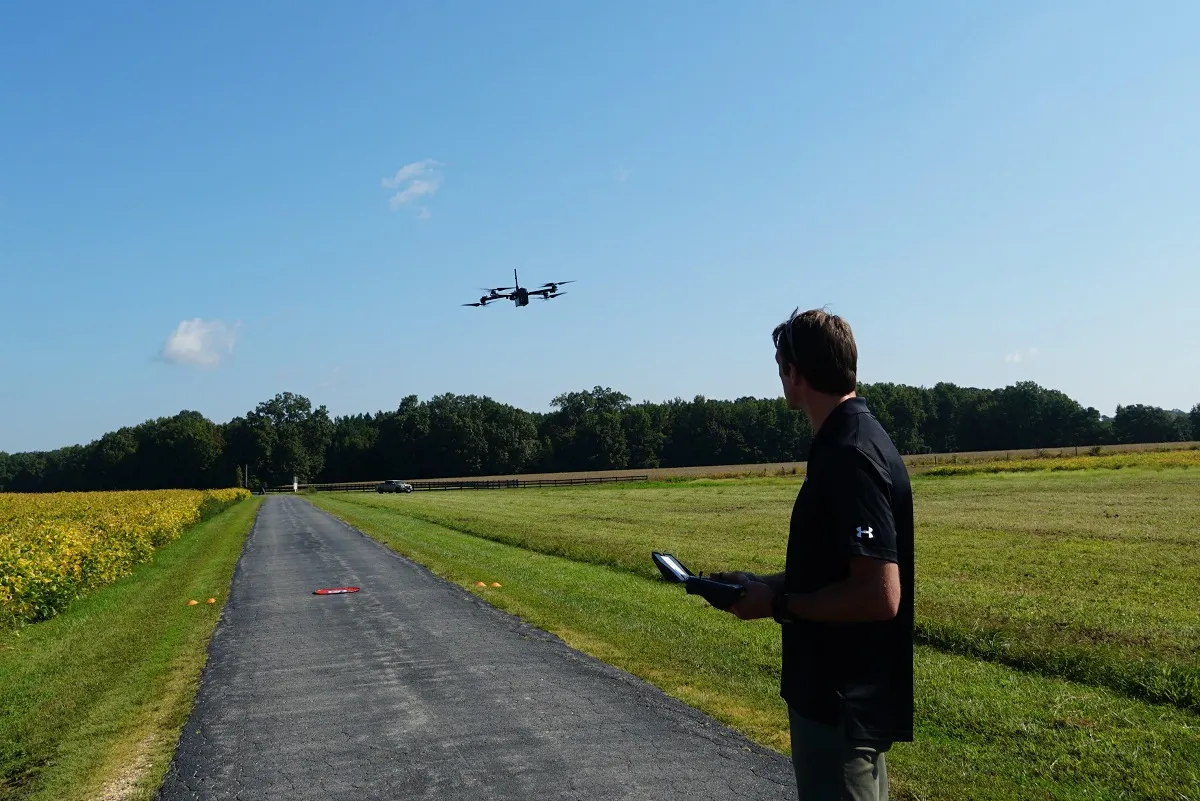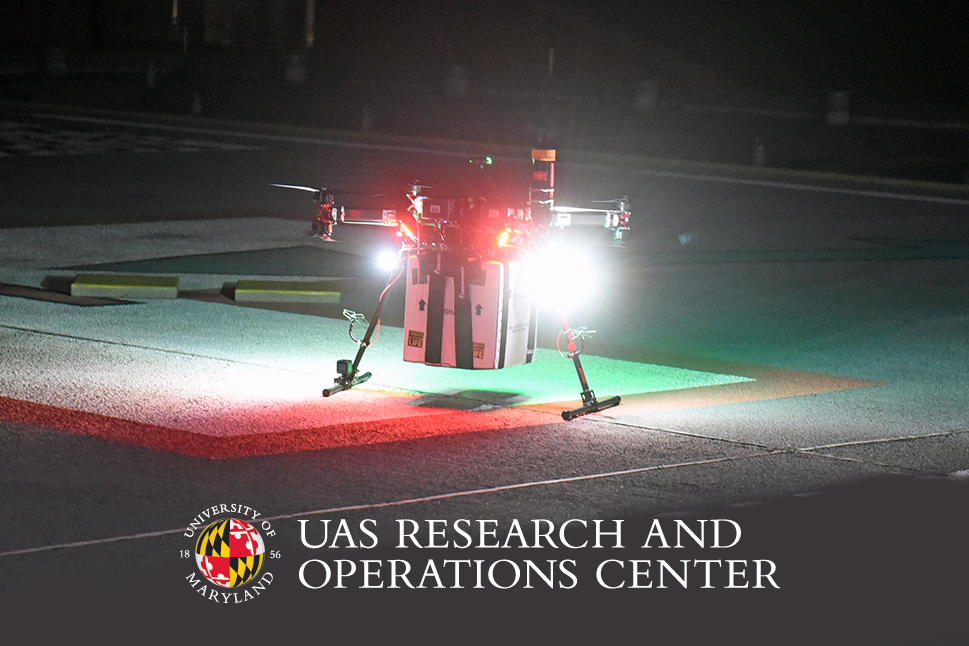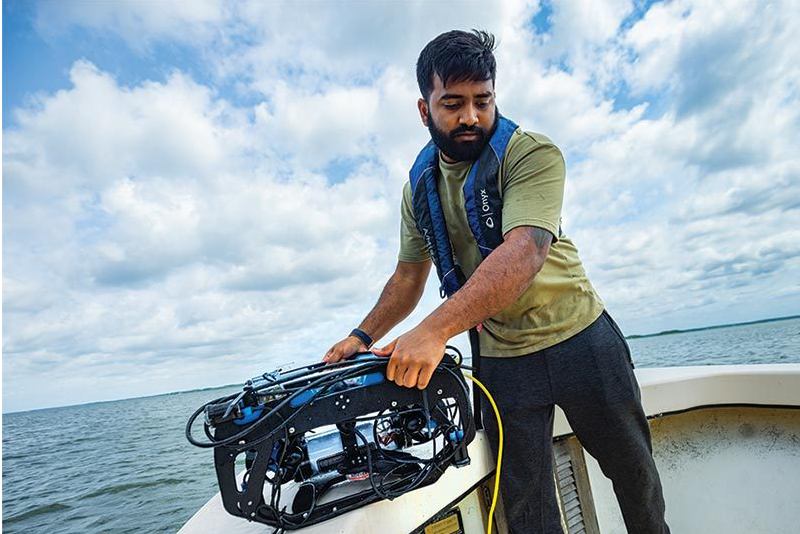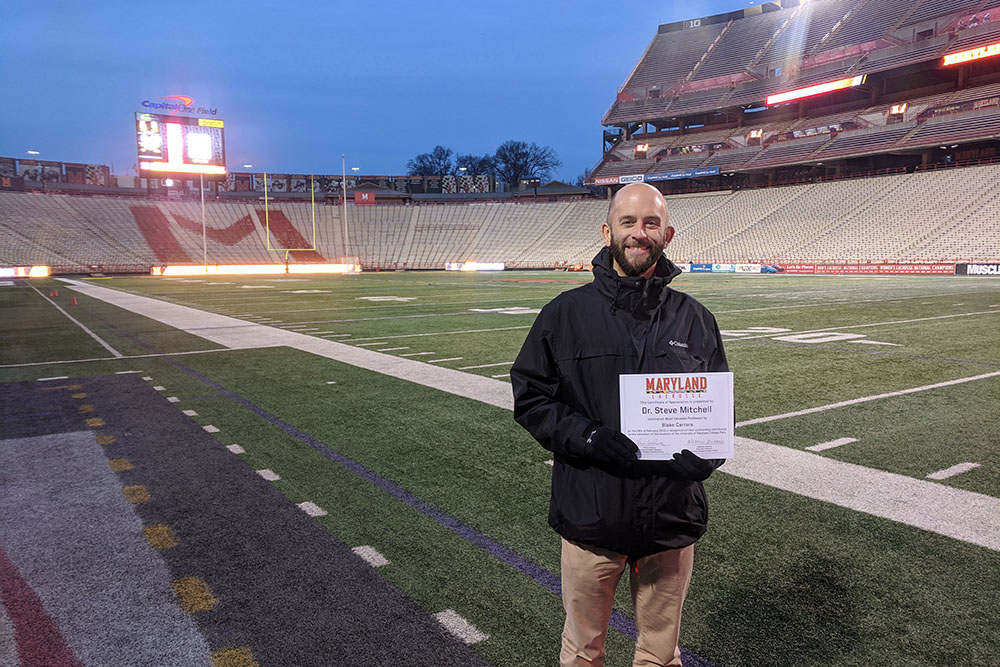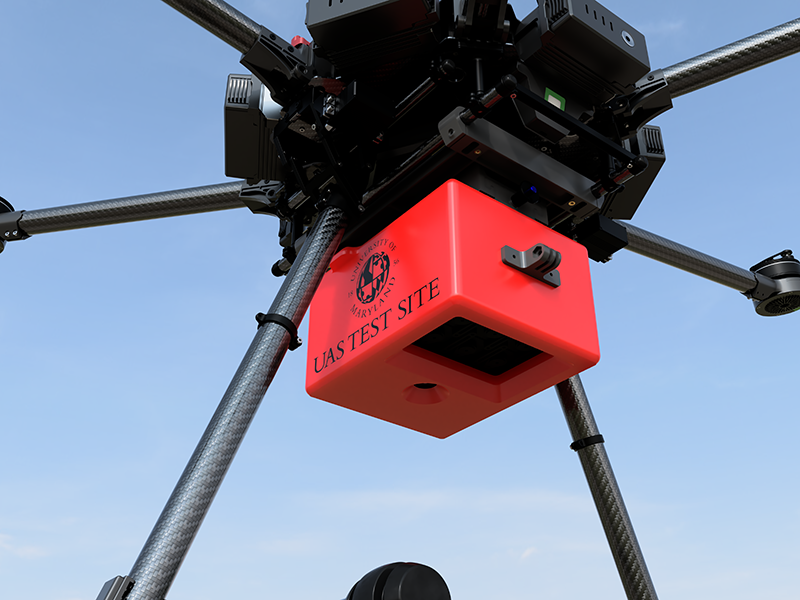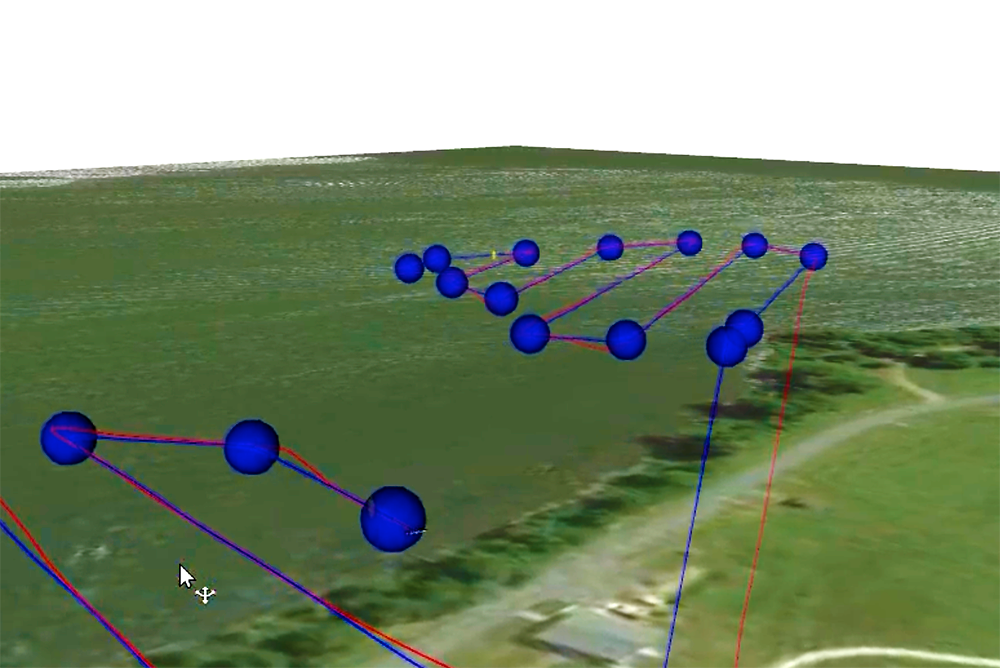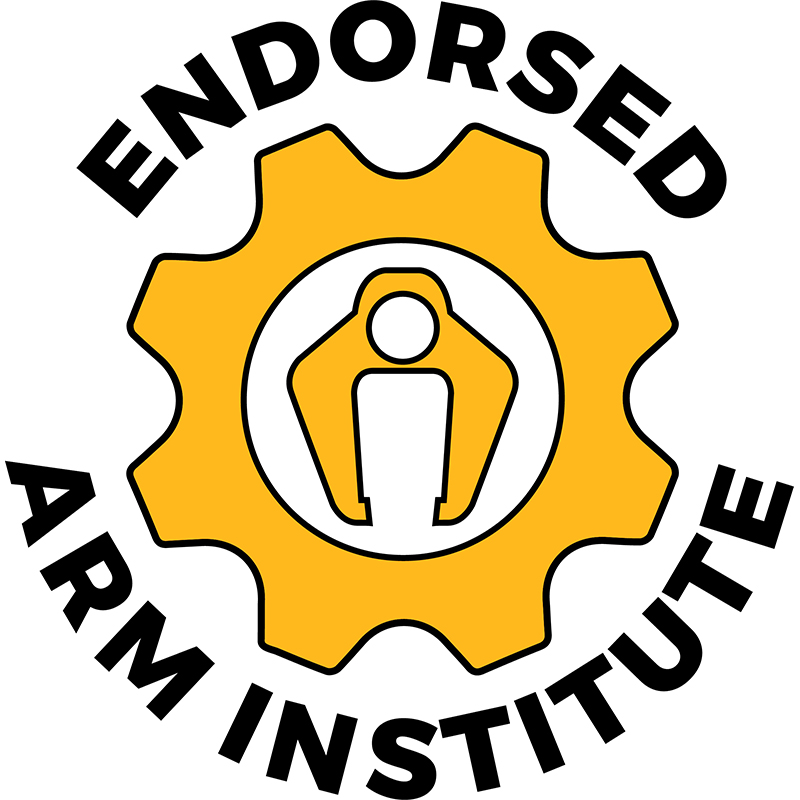News Story
Interview: John Slaughter
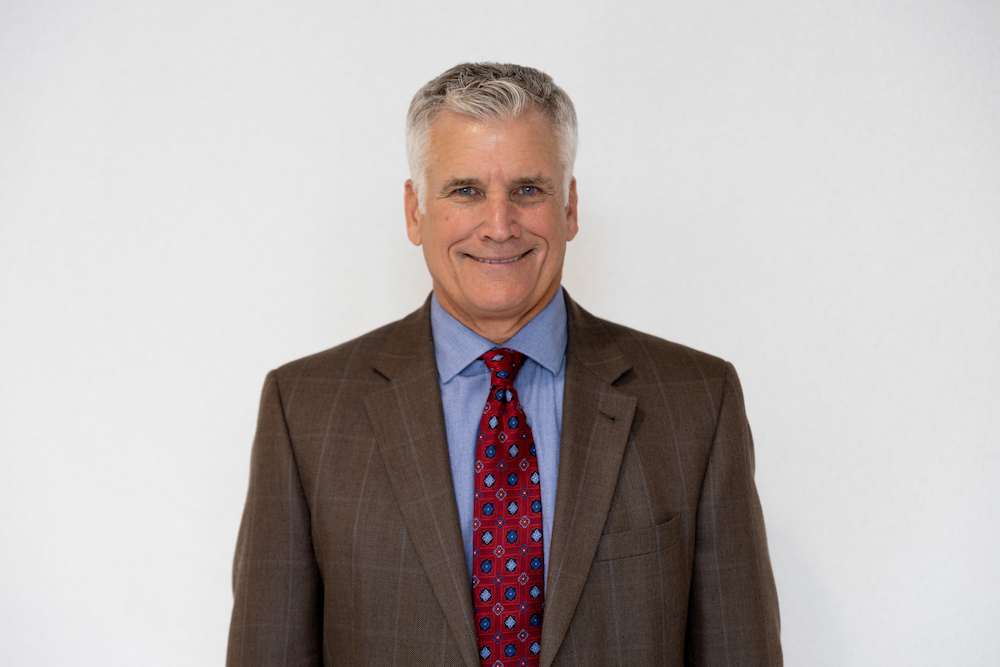
John Slaughter became director of the University of Maryland UAS Test Site in August 2022, bringing to the role an extensive background in crewed and uncrewed aviation. For 30 years, he served as a U.S. Naval Aviator, flying a variety of helicopters and overseeing the operations and testing not only of rotary, but also of fixed-wing unmanned aerial systems. He served as Commanding Officer of Air Test and Evaluation Squadron One (VX-1) and Helicopter Antisubmarine Squadron 15 (HS-15); as Integrated Product Team lead for the MH-60S helicopter acquisition program; and as Military Director for Systems Engineering at the Naval Air Systems Command.
After retiring from the Navy, Slaughter transitioned to commercial industry, becoming a Senior Program Analyst and Vice President for Business Development at AVIAN, LLC, an aviation and aerospace consulting firm based in Lexington Park, MD. While at AVIAN, he managed the company’s commercial UAS services division. He holds a bachelor’s degree in history from the University of California at Berkeley, and a master’s degree in systems management from the University of Denver.
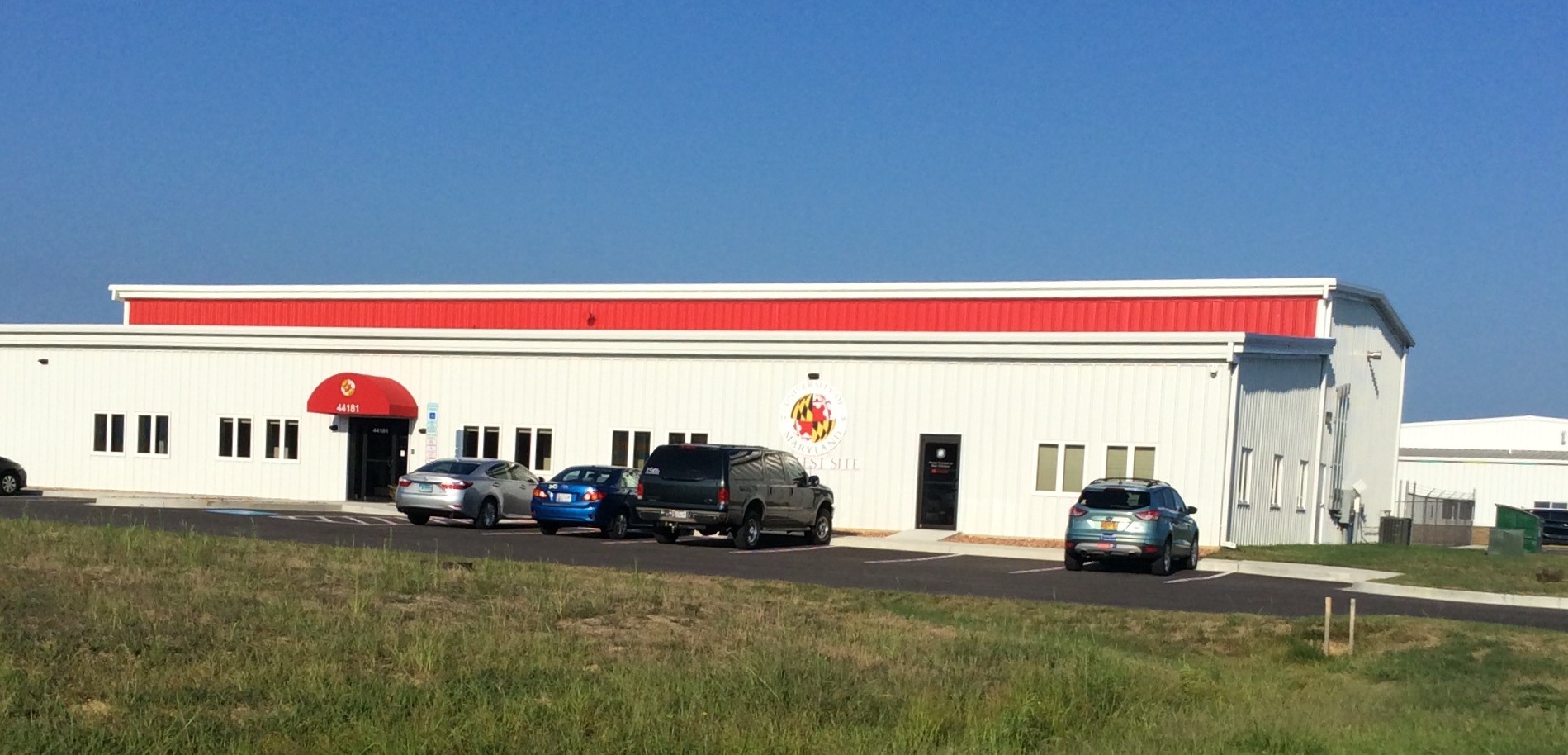 What are your objectives as the new UMD UAS Research and Operations Center director?
What are your objectives as the new UMD UAS Research and Operations Center director?
First and foremost, I aim to build on and strengthen research and education ties to the University of Maryland campus in College Park and the University of Maryland System at large. That includes partnering with faculty across colleges and schools. We bring a lot of value to research that involves the use of uncrewed aerial systems, given our operational expertise, familiarity with Federal Aviation Administration (FAA) rules and regulations, and understanding of the drone market. We can bring these into the discussion early in order to support well-considered decisions about what platforms and other technology to use for particular research projects. Our experience over thousands of flight hours prepares us to assist in navigating often complicated FAA rules that projects will confront when it’s time to take the research and get it in the air. As a part of UMD, we can provide these expert services at a very competitive cost.
Education continues to be an important priority for us. Through our summer internship program, we offer students opportunities to develop and test their own ideas involving uncrewed systems, whether that means the aircraft themselves or ways to use them. Going forward, one of the things I hope to do is provide our interns with guidance on potential research areas related to efforts we are working on at the Test Site and areas where we want to advance, such as the proposed Chesapeake UAS Route Network (CURN).
The Test Site is, and will continue to be, a place where we engage in outreach to the local community, including schools and STEM programs, with the goal of fostering interest in aviation and uncrewed aviation in particular.
What is an example of a research project that involves the Test Site?
We’re currently involved with AI and Autonomy for Multiagent Systems (ArtIAMAS), a massive, multi-institutional partnership bringing together researchers from the Army Research Lab, UMD. and UMBC. A number of projects are being conducted under the ArtIAMAS umbrella. For example, we’re helping to engineer and test cooperative groups of UAS that can work together autonomously to conduct searches, whether for people, vehicles, or weapons.
"First and foremost, I aim to build on and strengthen research and education ties to the University of Maryland campus in College Park and the University of Maryland System at large. That includes partnering with faculty across colleges and schools. We bring a lot of value to research that involves the use of uncrewed aerial systems, given our operational expertise, familiarity with Federal Aviation Administration (FAA) rules and regulations, and understanding of the drone market."
John Slaughter, Director, UMD UAS Research and Operations Center
What is your “big picture” vision for the Test Site?
CURN is likely to be our centerpiece in the coming years as we work to put in place a network across the state of Maryland, centered on the Chesapeake Bay, that enables UAS to mingle with crewed aircraft. It’s something that hasn’t been done before, and we see it unfolding incrementally over a period of years. As the proverb goes, the way to eat an elephant is one bite at a time. So far, we’ve just been nibbling, but 2023 is going to see us taking some bigger bites.
As of now, a Feasibility Study has been conducted and circulated among policymakers, representatives of industry, the FAA, the DoD, and other interested parties. Interest is strong. We’re currently laying down a project execution plan that maps out, step by step, the broad strokes of how we will get there from here. To do that, we first have to clearly define what we mean by “there.”
What do you see as the Test Site’s distinctive strengths and capabilities?
It comes down to our expertise and our people. Our team is not only experienced in operating a wide variety of drones, but also in integrating systems into these aircraft and modifying them as needed. We have a rigorous airworthiness process that sets the bar for the industry as a whole, And we also have robust experience working with the FAA to obtain waivers and certificates of authorization allowing ops to be conducted within the National Airspace System, and within the current, highly constrained regulatory environment.
Our approach here is “‘aviation first,” which to me really means “safety first.” As an aviator, I’ve spent much of my life talking about safety. I’ve stood in front of squadrons talking about it; I’ve hammered it home in boardrooms and at meetings. Within the UAS industry it’s not uncommon to encounter a “technology first, aviation second” mindset, but it really should be the reverse. The first priority is to make sure the drones as configured are technically sound and airworthy to fly reliably and safely, and then address the technology it will carry the technology it incorporates or carries as a payload. Our culture at the Test Site reflects this philosophy.
What do you find most exciting about the UAS field?
I’ve been in aviation my entire life. I flew helicopters for the Navy for three decades, and during the last ten years of that I helped the Navy make decisions about purchasing, testing, and fielding aircraft. When I transitioned to civilian life, I began working for a small defense contractor, again with a focus on aviation. For nearly three years, I ran a commercial services drone operation that our company had established. I became familiar both with the industry and with some of the challenges it faces. I see this as a wonderful opportunity to go after some of those challenges and help to solve them.
Published September 19, 2022
